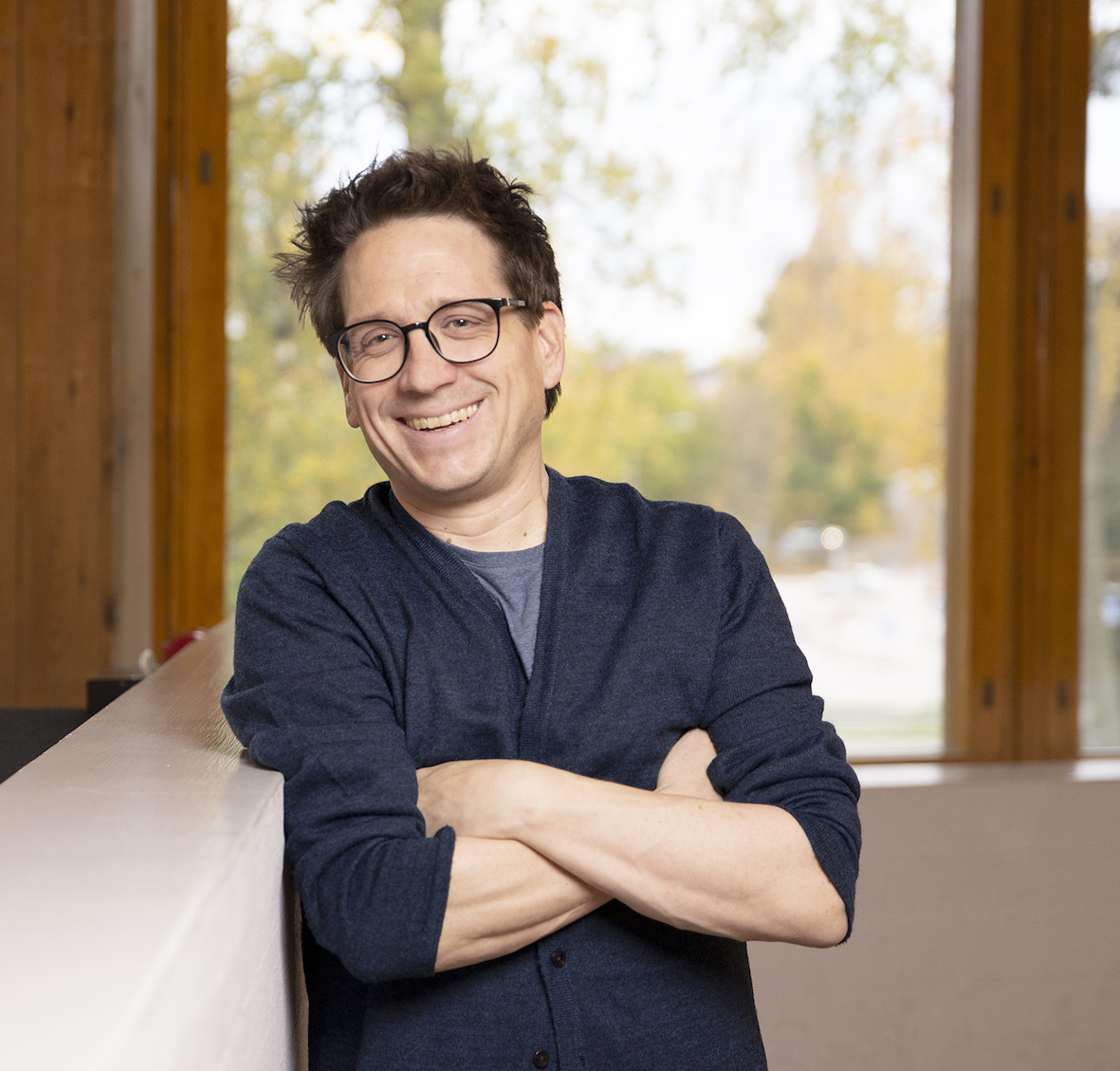Water and Environmental Engineering

Our research is divided into two strategic areas: global water issues and sustainable circular economy, which are further divided into four research entities.
Read more about the studies: Master's Programme in Water and Environmental Engineering.
Limited water resources and increasing vulnerability are among the key challenges facing humanity.
These pressures stem especially from the utilisation of natural resources and the degradation and contamination of the environment. In most areas, water problems are closely connected to political and societal systems. For one, unstable conditions and the short-term planning of societies cannot support the sustainability of water resources. Meanwhile, conflicts of interest related to water sow discord even between nations.
The aims and scope of the research group are to:
- study global water challenges with a problem-solving approach, taking into account the multifaceted relationships between water and development
- offer high-quality teaching related to the research topics
- provide expert services related water issues and sustainable technologies
In this area, the main topics of our work are:
- Water for food
- Climate change and water
- Integrated approaches to water management: IWRM, water-energy-food nexus
- Transboundary rivers; role of power and politics in water management
- Water innovations & water business
Head of the group: .
Read more from and Engineering Education Research Group home page.
As water is both a vital resource as well as a resource that is exposed to environmental effects, human society is inextricably connected to and reliant on nature and its waters.
The aims and scope of the research group are to:
- promote sustainable use of water and advance the assessment and prediction of the state of the water environment
- measure and quantify changes in water and the water environment caused by anthropogenic activities in both empirical and laboratory settings
- develop computational hydrology and hydraulics applications, ecohydraulics, nature-based solutions and basin-scale process examination – the watershed basin is our key unit, enabling the study of the effects of land cover and sub-processes related to precipitation, evapotranspiration, water storage and runoff development
In this area, the main topics of our work are:
- ecohydraulics and nature-based solutions
- water in cities
- water in agricultural areas
- water in forests
Head of the group: .
Water and wastewater engineering research covers drinking water production, wastewater treatment and the piped networks needed for water supply and sewer collection. Providing water services is critical for society: they need to be functional on every day and under every circumstance.
The aims and scope of the group are to:
- improve the performance of drinking water and wastewater treatment processes in terms of resource recovery, automation and control, as well as the removal efficiency of conventional and emerging pollutants
- support the optimal management of drinking water distribution and sewer collection systems using existing operational and geospatial information – our research is supported by an analytical water laboratory and a variety of on-site measurement and treatment devices
- support water utilities by improving cost efficiency, reducing environmental loads and producing safer drinking water – these solutions often have business potential for the companies involved
In this area, the main topics of our work are
- preventive health care: clean water production and sanitation
- environmental protection: wastewater treatment processes
- energy and resource efficiency: water supply and sewer systems; nutrient and metal recovery from wastewater; sludge utilisation
Head of the group: . Learn more about our research group.
Environmental Hydraulics Lab
Aalto Environmental Hydraulics Lab (EHL) is a multipurpose laboratory for experimental research and teaching activities. We seek to improve understanding about dynamics and processes of water, sediment, vegetation, nutrients, and harmful substances in the hydro-environment.

Latest publications
Opinnäytteet | Thesis
Julkaisut löytyvät myös kokoelmista.
Theses can also be found from .
Aarnio, H. 2025. Team teaching in multidisciplinary technology education: Instructional process in design-based technology projects.
Feng, F. 2025. Bridging disciplines for transformative learning: Educators’ and students’ journeys in interdisciplinary higher education.
Piipponen, J. 2025. Sustainability and productivity in global livestock grazing: Current challenges and future pathways.
Bansfield, D. 2025. Pioneering circular pathways: Improved recycling of nutrients in industrial wastewater into valueadded products.
¥≥≤‚±Ù≥Û√§-∞ø±Ù±Ùæ±±Ù≤π, M. 2025. The long-term development of water quality in managed aquifer recharge - Organic matter removal and related redox reactions.
Virkki, V. 2024. Freshwater change in the Earth system - A qualitative-quantitative outlook and implications for planetary boundaries.
Ahopelto, L. 2024. Drought in Water Abundant Finland - Data and Tools for Drought Management.
Karvinen, M. 2024. Supporting agency for sustainability - Exploring the contributions of universities and workplaces to the sustainability competencies and agency of engineering graduates.
Juvakoski, A. 2024. Out of the WASH box – Towards a wider contextualization of the water, sanitation, and hygiene sector.
Lehtoranta, V. 2023. Non-market benefits of improved freshwater bodies: insights for regional water policy.
Tomin, O. 2023. Tailoring the difference - Tailored biochars for sustainable water treatment: Customizing adsorbents for specific applications.
Kaljunen, J. 2023. Waste nutrients harvested: Design and evaluation of nitrogen and phosphorus recovery processes utilizing membrane contactor and adsorption techniques.
Niva, V. 2022. The interplay of environmental and social drivers of migration - A global synthesis.
Box, W. 2022. The impact of natural floodplain vegetation on flow resistance and fine sediment transport.
Kinnunen, M. 2022. Resilience perspectives in global food systems - Exploring variability, localness and diversity.
Kallio, M. 2022. Towards more useful water information - methods for fine-scale spatial estimation.
Fallon, A. 2022. Keep it Complex - Critical perspectives on water governance for dynamic social–hydrological systems.
Heino, M. 2022. Susceptibility of global crop production to climate variability and change.
Rantanen, P. 2020. Nitrification in drinking water distribution and wastewater treatment - Reasons, consequences and the effects of the organic matter.
Lehikoinen, E. 2020.Building a more resilient Finnish food system - From import dependence towards domestic natural resource use.
Laakso, T. 2020. Data-driven network asset management - Focus on sewer systems.
Munia, H. 2020. Global analyses of drivers of water scarcity indicators in transboundary river basins.
Roiha, P. 2019. Advancements of operational oceanography in the Baltic Sea.
Salo, H. 2019. Assessing the effects of subsurface drainage on hydrology and nitrogen transport in Nordic fields.
Jalava, M. 2019. The water we eat - Methods for estimating water use of diets in changing food systems.
≥’√§±Ùæ±≥Ÿ≤π±Ù¥«, P. 2019. Toxicity and emerging contaminants ‚Äì Effect-based assessment of complex environmental samples.
Haapala, J. 2018. Governing water for local development - Solutions to implementation challenges in remote, rural Nepal.
Kruglova, A. 2018. Biological removal of emerging micropollutants in nitrifying activated sludge at low temperatures.
Talvitie, J. 2018. Wastewater treatment plants as pathways of microlitter to the aquatic environment.
Yazdani, R M. 2018. Engineered adsorptive materials for water remediation - Development, characterization, and application.
Haahti, K. 2018. Modelling hydrology and sediment transport in a drained peatland forest - Focus on sediment load generation and control after ditch network maintenance.
Sahimaa, O. 2017. Recycling potential of municipal solid waste in Finland.
Niemi, T. 2017. Improved Precipitation Information for Hydrological Problem Solving - Focus on Open Data and Simulation.
Turunen, M. 2017. Assessing water and sediment balances in clayey agricultural fields in high-latitude conditions.
Kattelus, M. 2017. Framing wicked water problems: Cases from large Asian transboundary river basins.
Haimi, H. 2016. Data-derived soft sensors in biological wastewater treatment - With application of multivariate statistical methods.
Krebs, G. 2016. Spatial Resolution and Parameterization of an Urban Hydrological Model : Requirements for the Evaluation of Low Impact Development Strategies at the City Scale.
Porkka, M. 2016. Securing global food supplies with limited resources - Lessons from the past.
Sojamo, S. 2016. Water-using corporations as agents of water security, management and governance - Exploring cases from stewardship initiatives in South Africa to global networks of power.
Stenberg, L. 2016. Erosion and sediment transport mechanisms in drained peatland forest catchments after ditch network maintenance.
≥’√§≤ı≥Ÿæ±±Ù√§, K. 2016. Flow-plant-sediment interactions: Vegetative resistance modeling and cohesive sediment processes.
Jalonen, J. 2015. Hydraulics of vegetated flows: estimating riparian plant drag with a view on laser scanning applications.
Salmivaara, A. 2015. Spatial Vulnerability Assessments for Water Resources Management - Cases from major Asian river basins with a focus on spatial unit of analysis and the use of big and open data.
∏È√§≤ı√§≤‘±≤‘, T. 2014. Hydrological changes in the Mekong River Basin - The effects of climate variability and hydropower development.
Mikola, A. 2013. The effect of flow equalization and low-rate prefermentation on the activated sludge process and biological nutrient removal.
≥ßæ±±Ù±Ù≤π≤‘±Ë√§√§, N. 2013. Effects of suburban development on runoff generation and water quality.
∞’≥Ð≥Ð≥Ÿæ±¬·√§∞˘±πæ±, T. 2013. Arsenate removal from water by adsorption with magnetic nanoparticles (Œ≥-Fe2O3).
Veijalainen, N. 2012. Estimation of climate change impacts on hydrology and floods in Finland.
Laine-Kaulio, H. 2011. Development and Analysis of a Dual-Permeability Model for Subsurface Stormflow and Solute Transport in a Forested Hillslope.
Stucki, V. 2011. In Search of Integration. Analyzing the Gap Between Theory and Practice of Integrated Water Resources Management with Case Studies from West Africa and International Policy Processes.
Warsta, L. 2011. Modelling Water Flow and Soil Erosion in Clayey, Subsurface Drained Agricultural Fields.
Keskinen, M. 2010. Bringing back the common sense? Integrated approaches in water management: Lessons learnt from the Mekong.
Heinonen, U. K. 2009. Can the poor enhance poverty reduction? : rural and urban perspectives on water resources, poverty & participatory development in the Tonle Sap Region and Phnom Penh, Cambodia.
Koskela, J. 2009. Studies on long-term inflow forecasting.
Lahti, M. 2009. Two-dimensional aquatic habitat modelling.
Rahaman, M M. 2009. Integrated Water Resources Management: Constraints and Opportunities with a Focus on the Ganges and the Brahmaputra River Basins.
Kummu M. 2008 Spatio-temporal scales of hydrological impact assessment in large river basins: the Mekong case. Helsinki University of Technology. Water & Development Publications. TKK-WD-04.
Malve, O. 2007. Water quality prediction for river basin management.
Liikanen, Riina. 2006. Nanofiltration as a refining phase in surface water treatment.
Rankinen, K. 2006. Analysis of Inorganic Nitrogen Leaching in a Boreal River Basin in Northern Finland.
Jauhiainen, M. 2004. Relationships of particle size distribution curve, soil water retention curve and unsaturated hydraulic conductivity and their implications on water balance of forested and agricultural hillslopes
±·±±Ù≥ææ±√∂, T. 2004. Effects of cross-sectional geometry, vegetation and ice on flow resistance and conveyance of natural rivers
¥≥√§∞˘±π±±Ù√§, J. 2004. Flow resistance in environmental channels: Focus on vegetation
Kokkonen, T. 2003. Rainfall-runoff modelling - comparison of modelling strategies with a focus on ungauged predictions and model integration. Water Resources Publications. Helsinki University of Technology. Espoo. TKK-VTR-9.
Koivusalo, H. 2002. Process-oriented investigation of snow accumulation, snowmelt and runoff generation in forested sites in Finland. Water Resources Publications. Helsinki University of Technology. Espoo. TKK-VTR-6.
Tamm, T. 2002. Effect of meteorological conditions and water management on hydrological processes in agricultural fields: Parameterization and modeling of Estonian case studies. Helsinki University of Technology Water Resources Publications. TKK-VTR-5, 194 p.
Vahala, R. 2002. Two step granular activated carbon filtration in drinking water treatment.
Tanskanen, J-H. 2000. An approach for evaluating the effects of source separation on municipal solid waste management.
Renko, E. 2000. Modelling hindered batch settling with applications to avtivated sludge and calcium carbonate slurry.
Jolma, A. 1999. Development of river basin management decision support systems: two case studies. Helsinki University of Technology, Water Resources Laboratory. Espoo. TKK-VTR-4, 194 p.
Silander J. 1999. Floating breakwater and environment. Helsinki University of Technology, Teknillisen korkeakoulun vesitalouden ja vesirakennuksen julkaisuja , ISSN 1456-2596 ; 3
Puupponen M. 1998 Structural development of the Finnish national hydrometric monitoring network. Finnish Environment Institute. Monographs of the boreal environment research , ISSN 1239-1875 ; 12.
Niemi, A. 1994. Modeling flow in fractured medium - Uncertainty analysis with stochastic continuum approach. VTT Publications. VTT. Yhdyskuntatekniikka. Espoo. No. 184, 188 + 12 p.
Kettunen, J. 1993. Model-oriented data analysis with applications to lake and soil water simulation. TKK. Vesitalouden laboratorio. Espoo. No. 1993/1, 268 p.
Varis, O. 1991. Computational modeling of the environment with applications to lake eutrophication. TKK. Vesitalouden laboratorio. Espoo. No. 1991:1, 293 p.
Al-Soufi, R. 1989. A mathematical model for the watershed hydrologic system. Report. TKK. Rakennus- ja maanmittaustekniikan osasto. Espoo. No. 1989/1, 136 p.
Ettala, M. 1988. Short- tree plantations and hydrological aspects in landfill management. Report. TKK. Rakennus- ja maanmittaustekniikan osasto. Espoo. No. 1988/2, 13 p.
Karvonen, T. 1988. A model for predicting the effect of drainage on soil moisture, soil temperature and crop yield. TKK. Vesitalouden ja vesirakennuksen laboratorio. Espoo. No. 1988/1, 215 p.
Research group members
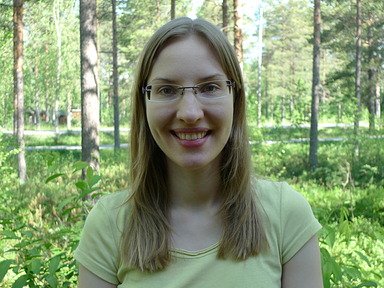
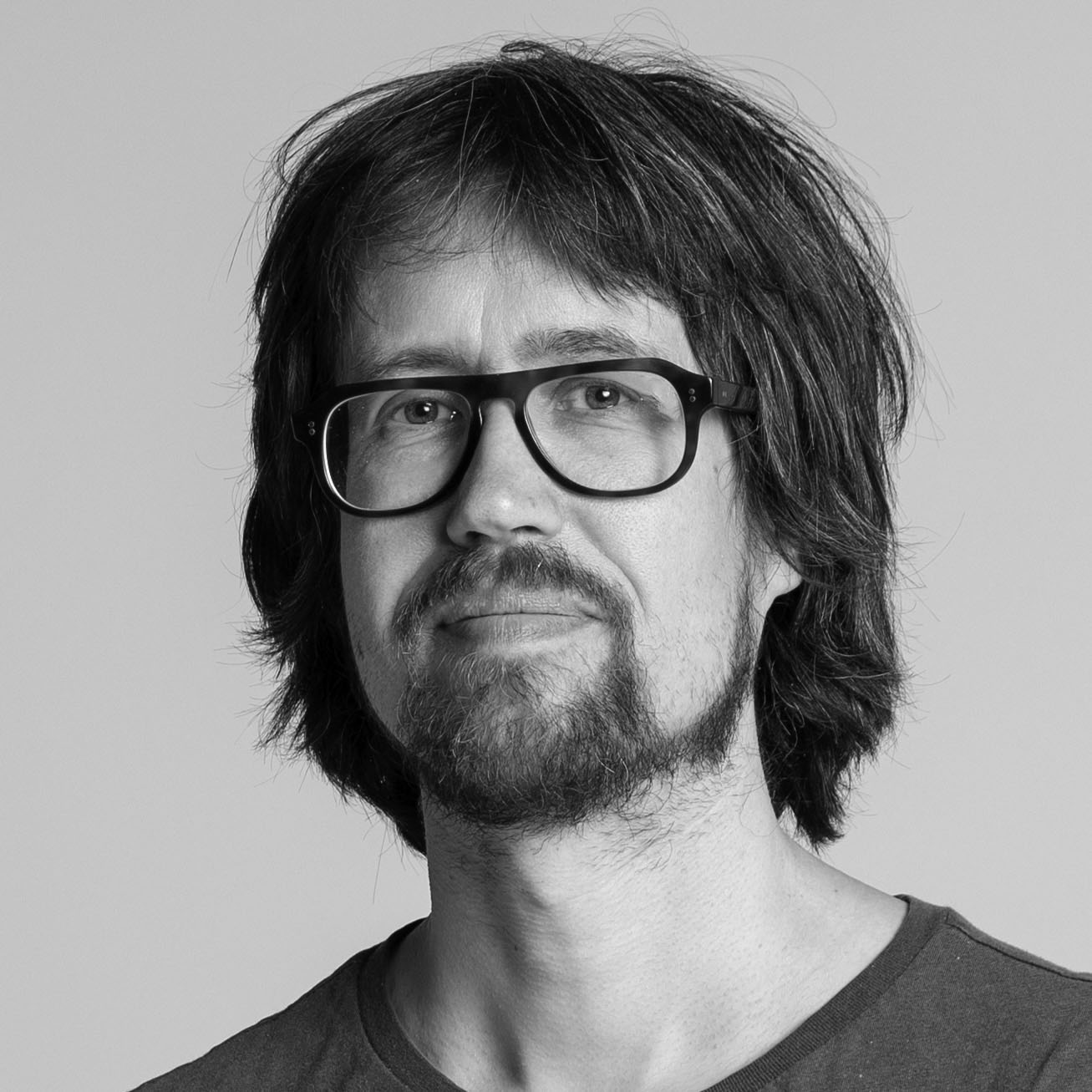
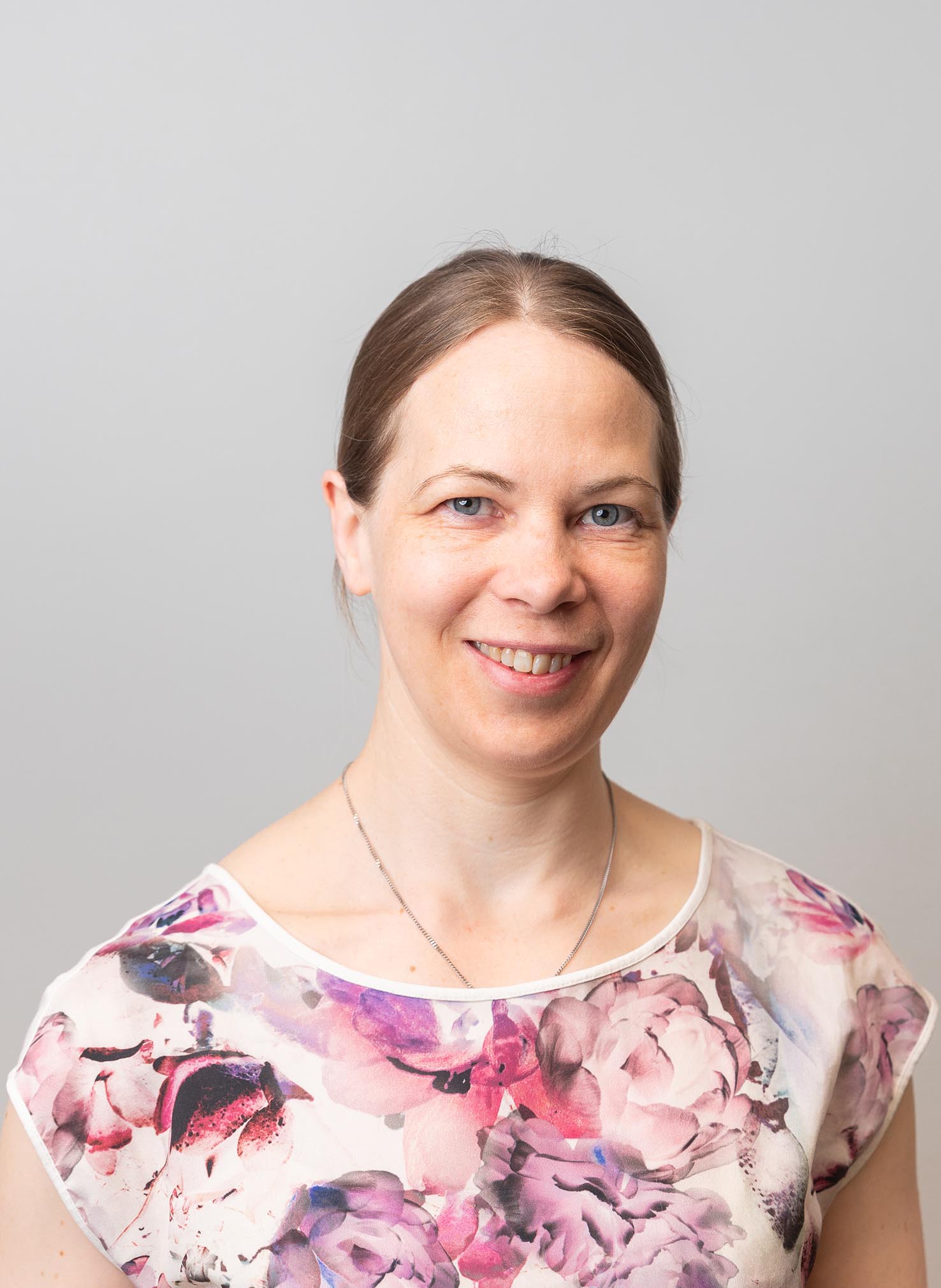
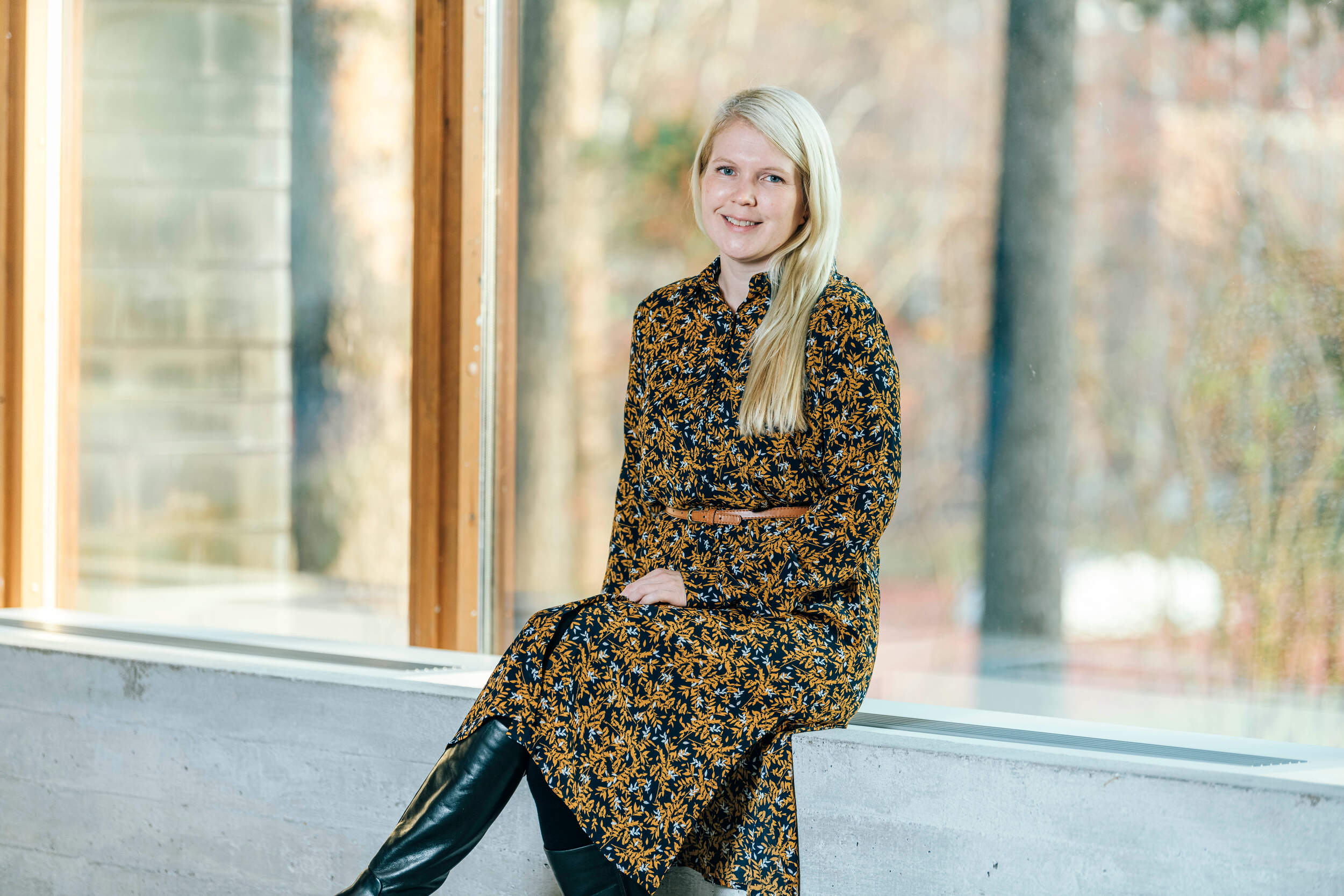
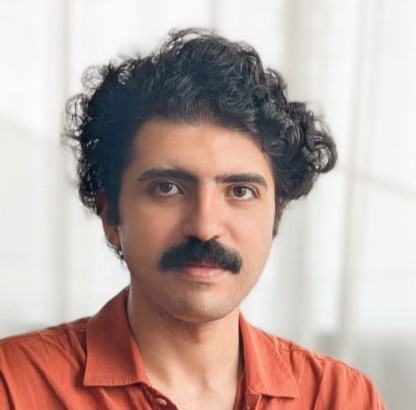

How to find us
Coming by metro:
- Get out at Aalto University metro station and walk to its western Exit B (Tietotie)
- Water Building is just in front of you when at the top of the escalators: you will recognise the building from the white ”Fat Lizard” sign
- Walk around the front of the Fat Lizard i.e. between the two buildings: down small hill and the door to Water Building is immediately on your left
Coming by bus (e.g. 550), get out at the bus stop indicated with ‘BUS’ below
- Walk past metro station and Väre Building either from its northern or southern side
- Enter Tietotie: first up small hill and then down small hill with the Fat Lizard on your left: the door to Water Building is then on your left
- Our offices and lecture hall are on the 2nd floor.
Coming by car: drive to Tietotie 1E + get your parking licence from your host.
Tietotie 1 E
Water Building








